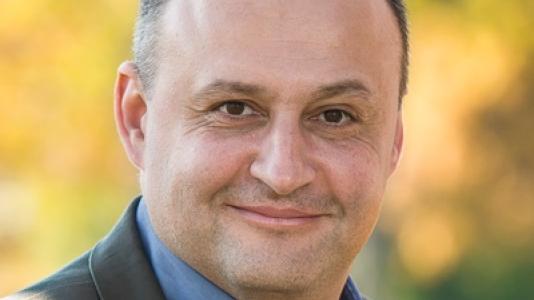
Simply put, it is a virtual representation of a real-world physical object or system or environment. Sensors digitally capture the actual physical structure and create a model that then can be used to run simulations. Unlike a traditional simulation, however, the digital twin can run multiple simulations. Moreover, the digital twin has access to constantly updated data, which it can analyze and apply the results back to the original physical object. Thus, it can save developers time in testing and validating a product before it is released in the marketplace.
Numerous industries are already exploring digital twin technology as a path forward toward meeting U.S. goals of achieving near-zero decarbonization by 2050. And thus another question arises: “What problems must be solved in order to make an electricity grid-centered digital twin a reality?”
To answer this question, on July 26, 2023, the National Academies of Science, Engineering, and Medicine sponsored a workshop on Digital Twins for the Electricity System.
Participating in the workshop panel was Mihai Anitescu, a senior computational mathematician in the Mathematics and Computer Science division at Argonne and a professor of statistics at the University of Chicago. In accordance with his background, Anitescu focused his talk on the computational aspects of digital twin technology. UsIng the example of the alternating-current optimal power flow (ACOPF) problem – one of the most important optimization problems in electric power systems – he noted the desirability of exploiting graphic processing units (GPUs) for accelerated computing. The assumption was that the highly optimized ACOPF code would be significantly faster on GPUs. That assumption was wrong.
Instead, Anitescu and his team had to completely rewrite the algorithm, using the language Julia rather than C++.
“The results were extraordinary,” said Anitescu. ”The code, which had been 5 times slower on the GPU, now ran 8 times faster. Moreover, the Julia code was only 6,000 lines instead of the original 100,000. Programmer productivity increased enormously,” Anitescu said.
With Julia, then, researchers are likely to be able to build digital twins far more rapidly. But how can we be sure that the results will be reliable? In the latter part of his presentation Anitescu focused on this point, citing from several different articles expressing lack of confidence in current carbon-neutral plans.
“Reliability is the biggest elephant in the room,” Anitescu said.
In the past decade the reliability of the power grid has actually decreased by a factor of 2.
“The task before us is to use digital twins to convince the public, not just with words but with proof from simulations, that proposed plans for renewable energy will be as reliable as – or more reliable than – what we currently have,” Anitescu said.
Watch Anitescu’s presentation here.